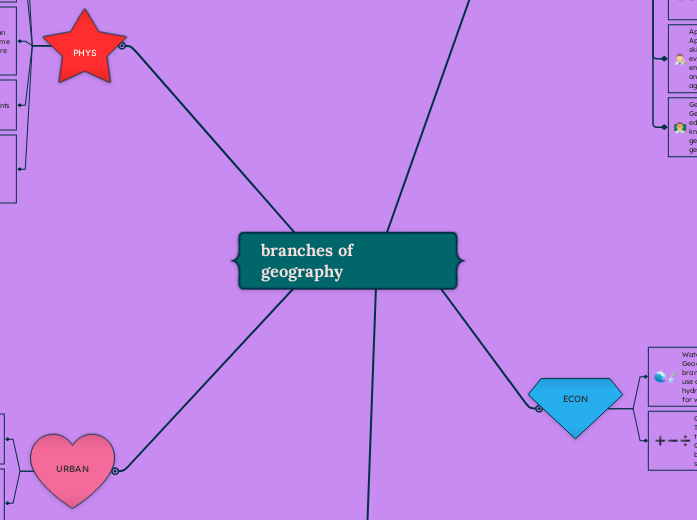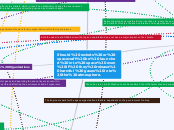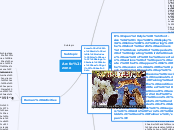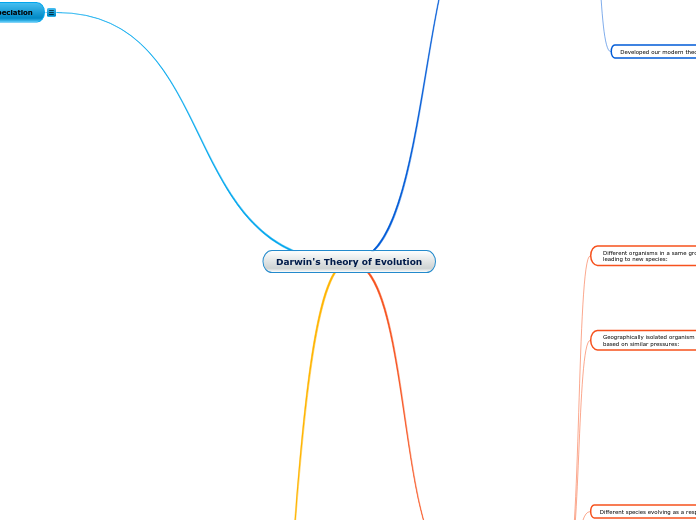da Kaeden Lee mancano 21 ore
7
branches of geography
Geography encompasses several branches that focus on various aspects of the earth and its inhabitants. Urban geography examines city development and infrastructure, while agricultural and rural geography studies rural settlements and agricultural patterns.









